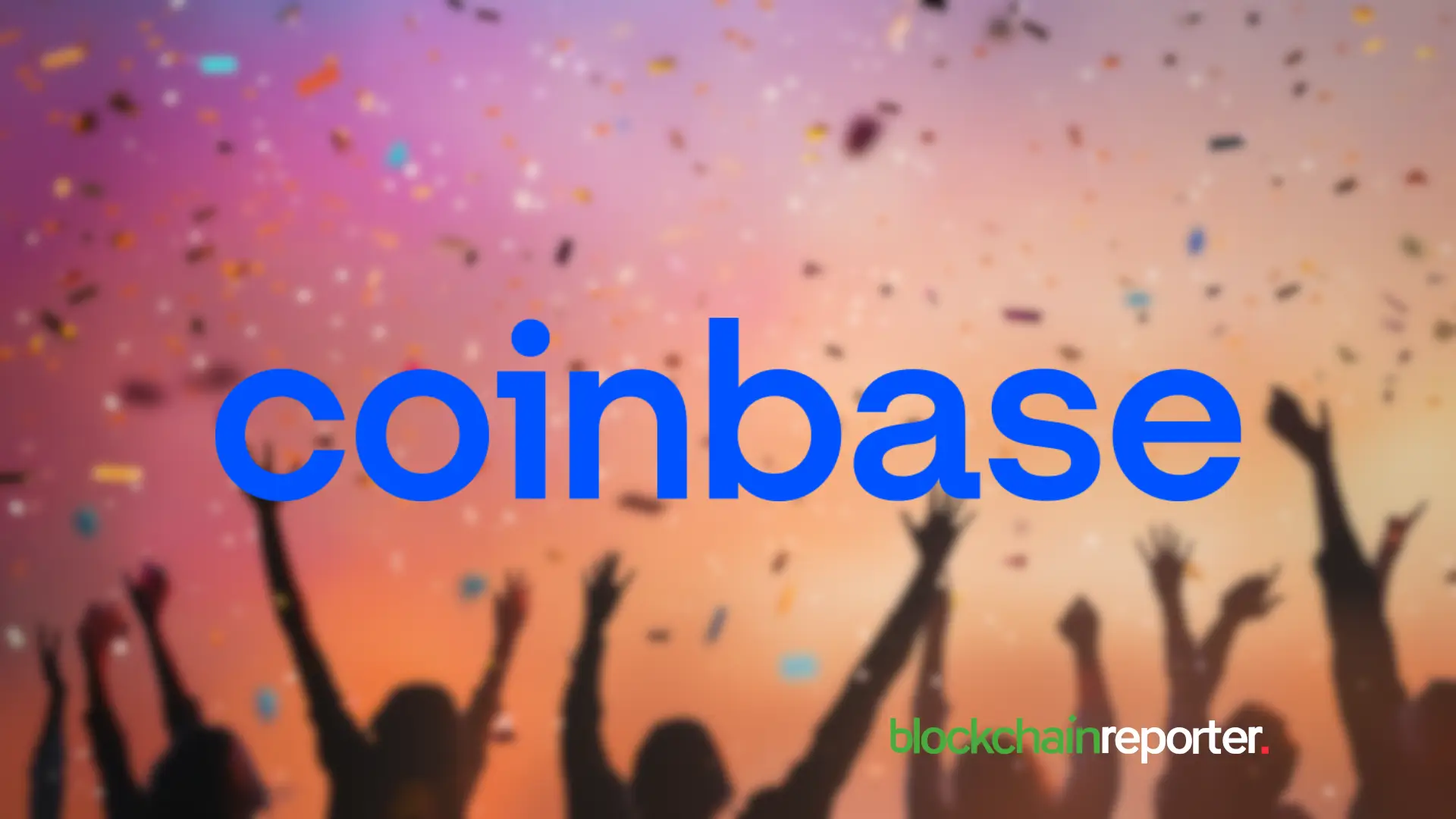Glider Co-Founder Believes ETFs Are Dead, DeFi Will Power the Future of Investing



The financial landscape is rapidly evolving these days, and decentralized finance (DeFi) is gaining massive attention due to its exceptional accessibility, ownership, and user experience. Keeping this in regard, Brian Huang, the Co-founder of Glider, is putting his efforts and his vast experience at Morgan Stanley, XTX, and Anchorage to make crypto trading accessible for everybody.
Glider is the platform that is transforming this idea into reality. To do so, Glider is preparing to launch after a $4M raise led by a16z CSX and winning the Start in Block competition at Paris Blockchain Week in April.
In a recent interaction with Brian, we explored many aspects of Decentralized Finance (DeFi). In which he shed his thoughts about Exchange Traded Funds (ETFs), crypto trading, and the vision behind the Glider to simplify decentralized finance.
Interview Session
Q1. As you have worked in prominent crypto firms like Morgan Stanley, XTX, and Anchorage, what motivated you to shape the vision for Glider?
Ans. I’ve been lucky to see finance from many angles: a big sell-side bank, a high-frequency trading firm, and an institutional crypto custodian, all of which have been tier-1 leaders in their space. Personally though, I have also been in crypto since 2015 when I first participated in the infamous MIT Bitcoin Project.
A couple things have become clear to me through this progression: permissionless rails are important for democratizing access, and the only way people will use tech is if we focus on user experience. The first part is what I hope most people are in crypto for: no middlemen, ownership of your assets, access to foreign capital markets, and instant settlement. We persist these tenants for our users in Glider . Create any portfolio and keep the full utility of your assets. Then, be able to lend through permissionless protocols like AAVE to earn yield.
The second part is about making crypto easy for all. I remember the days of waiting 20 seconds for MetaMask to confirm your transaction. It was terrifying. Did I put in the right address? What’s taking so long? Why hasn’t Etherscan picked it up? We now have a lot better tooling and faster/cheaper chains like L2s that make Glider possible. You couldn’t economically build Glider a year ago, because the protocols hadn’t built things like account abstraction.
All of these firms can benefit from crypto rails; it’s just a better financial system overall. More broadly, the lines between finance, fintech, and crypto are going to blur.
Q2. The vision behind Glider is ‘Crypto trading should be as simple as using an oven and “No one needs to know how their oven works to use it. The same should go for DeFi.”’. How have you planned and designed the infrastructure of Glider to transform this idea into reality?
Ans. Our #1 guiding principle at Glider is that DeFi should be as simple as possible. It goes into everything we build and design. What does that mean? It means hiding the piping inside the oven, abstracting away the things users don’t need to know to use DeFi.
Specifically, Glider has no gas, no signing, and no bridging – things that the vast majority of the world should never even have to know about. At some point, we’ll even abstract away networks – 99.99% of the world does not care what network the token is on, the investor just wants to hold the token.
At Glider, we take opinionated decisions on what is important for the user to know. We do not want to provide an overwhelming amount of optionality or information. Just like Apple makes decisions about what they think is best for their users, we take the same approach. We curate the DeFi experience for our users.
Q. You believe that ETFs are becoming obsolete due to decentralized finance (DeFi). Can you elaborate on how DeFi addresses the ownership and liquidity limitations that ETFs cannot?
Ans. ETFs were all about convenience and accessibility. It was a more convenient way for an investor buy all 500 stocks of the S&P 500 at once, and it was much cheaper to do than purchasing the underlying 500 stocks. DeFi, and specifically Glider, provides the same convenience, better accessibility, and the added benefit of actually owning the underlying assets.
What does this mean? Let’s envision stocks are onchain one day. With Glider, you can purchase all 500 stocks with one click – the same level of convenience as an ETF – but you can buy any amount of the basket, making them even more accessible. You could buy 0.1 of the basket or 0.00001 of the basket – onchain assets are decimalized.
On top of that, though, (and this is the true value add!), you get all of the utility of the underlying stocks: dividends, voting rights, lending to short-sellers. Things that you lose when buying the S&P 500 ETF. That’s the power of owning the underlying assets!
The same applies to crypto assets or crypto ETFs but instead of dividends and voting rights, you get the ability to lend your assets, stake them, vote in governance, claim an airdrop, and most importantly, use them as collateral to borrow against. You also eliminate the need for a market maker to provide liquidity to the ETF, instead you can rely just on the liquidity of the underlying stocks/tokens.
Given the above, we’re convinced that ETF issuance is dead.
Q. How does the maturation of institutional-grade infrastructure unlock new opportunities for TradFi players to enter and shape the DeFi landscape?
Ans. The limitation for TradFi players has always been the KYC of liquidity. Who am I trading against? It was a major limitation I saw all the time at Anchorage.
These days, we’re seeing more curated liquidity (and sometimes whitelisted) and better tools to understand who you are trading with onchain. Some of the key unlocks on the tooling side are also things like account abstraction. You can now keep your institutional funds safe at a custodian like Anchorage and use DeFi tools like Glider through WalletConnect.
We’re fully non-custodial, meaning we let the experts like Anchorage keep private keys safe, while letting institutions still use our tech. We’re going to see a lot more of this as institutions pick up their DeFi activities and new apps come to market. It’s just a safer way to participate onchain.
Concluding Remarks
Brian Huang is foreseeing the future of finance as the amalgam of traditional finance (TradFi) and decentralized finance (DeFi). And, Glider is the platform that is to transform this idea into reality by building simple, user-friendly tools that don’t compromise on decentralization when it comes to crypto trading and financial stability.

Fortune 500 Firms Accelerate Blockchain Adoption as Global Crypto Confidence Rises
Fortune 500 firms ramp up blockchain adoption as stablecoin use surges and global crypto ownership r...

Whales Accumulate 120M ADA as Cardano Prepares for Breakout
Cardano whales bought 120M ADA tokens as price hit $0.716 technical indicators show bullish momentu...

Top 10 BNB Chain dApps Ranked by Weekly Trading Volume: CAKE, 1INCH, UNI Take the Lead
This data identified top dApps on the BNB Chain, showcasing their strong trading volume and user bas...

